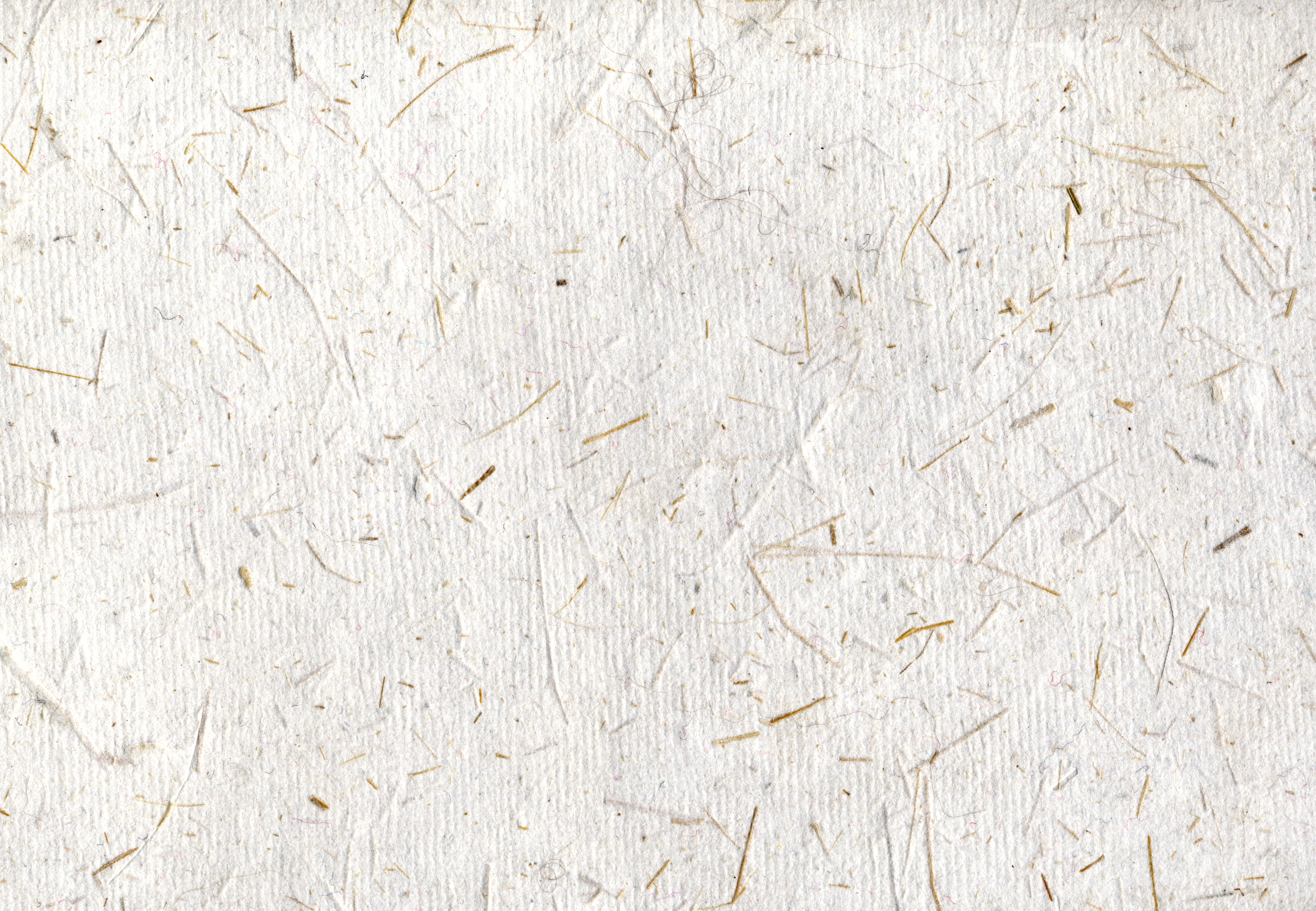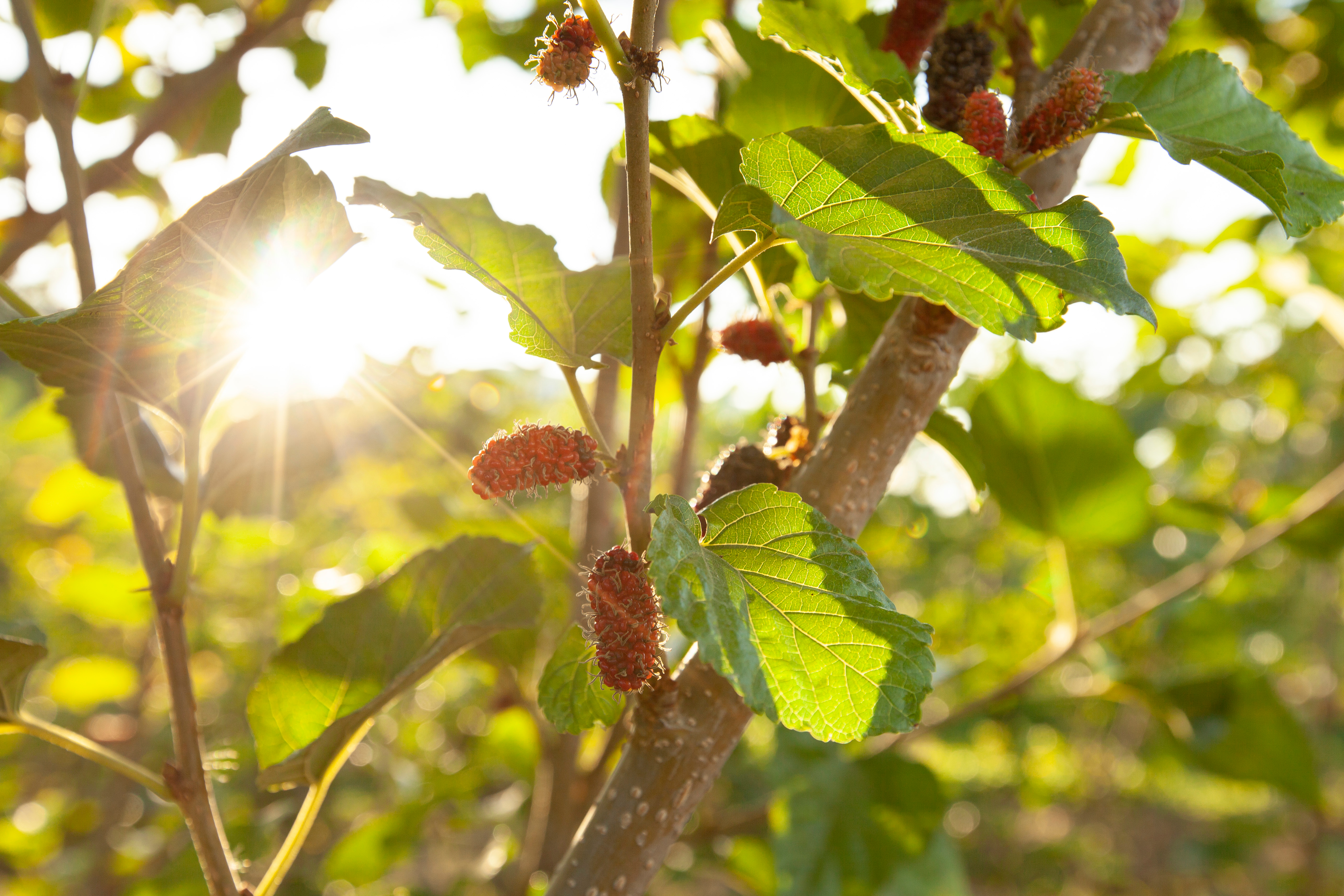Discover traditional paper-making
In a relaxed setting, surrounded by trees and the babbling sound of the Siab River, the Meros Paper Mill creates an atmosphere that transports you back to the past. Inside, the sense of heritage continues, with the staff here employing traditional methods to make the paper. When you visit, you'll get a chance to observe up close as the ancient machines and the workers manually perform each step of the process.

Samarkand was the main supplier of paper to the Arab world and all of Europe until the end of the Middle Ages. In the year 751, Chinese prisoners were sent to Samarkand to make paper, and so the tradition began. Today, the paper that is still made here with these methods is generally used in the restoration of ancient manuscripts in Uzbekistan and around the world.

The main material used is the bark of the mulberry tree. During your visit to the Meros Paper Mill, you'll see a demonstration of the bark being peeled and cooked to a malleable consistency. It's then beaten into a dough-like substance that is placed in water and filtered with a sieve. The beating process is powered by a water wheel, called a Charhpalak, and uses the flow of the nearby Siab River for movement. Once filtered, the material is pressed, hang-dried, and smoothed out with stone or shells. This process has a characteristic yellow tint to the paper and the lack of bleaching allows it to last at least ten times longer than typical white paper.
There's plenty to see on your visit. And, within the factory, there's also a small shop to purchase goods made from this paper, as well as tea and treats.
Discover traditional paper-making
Sun-Sat 9am-8p
Roughly $1USD
